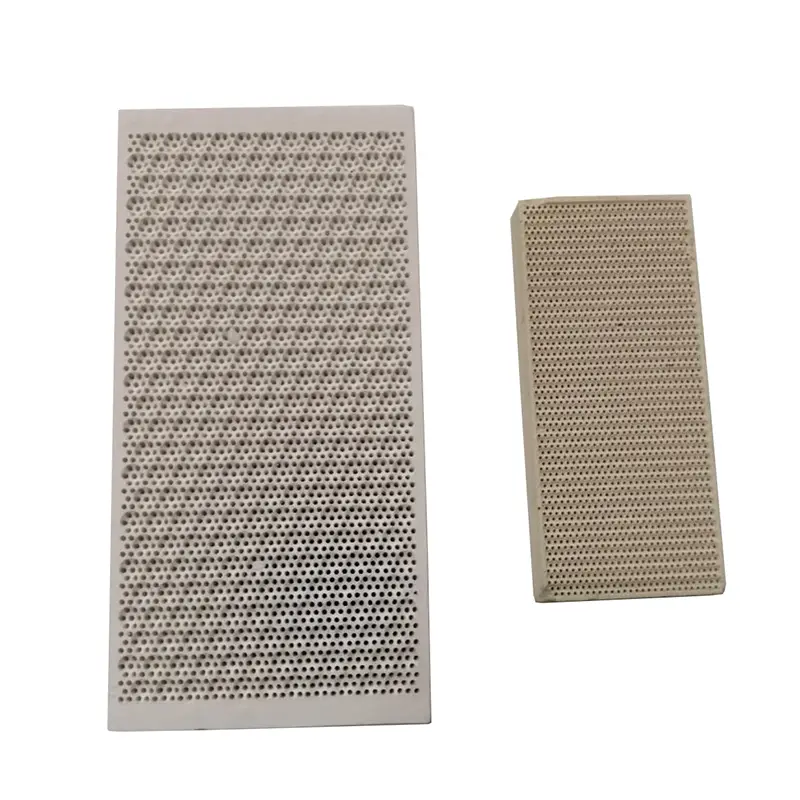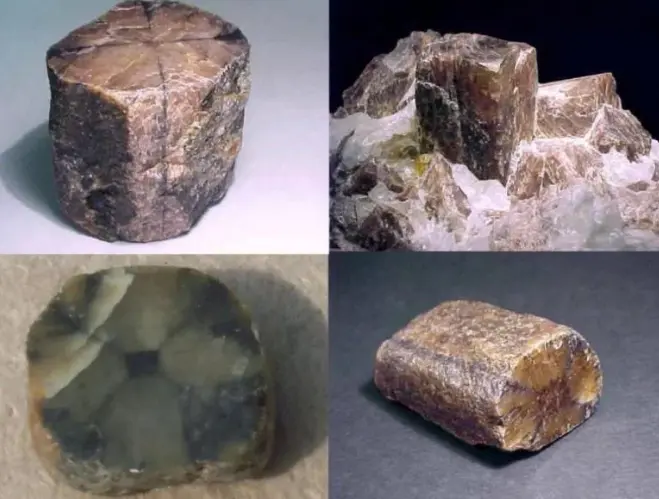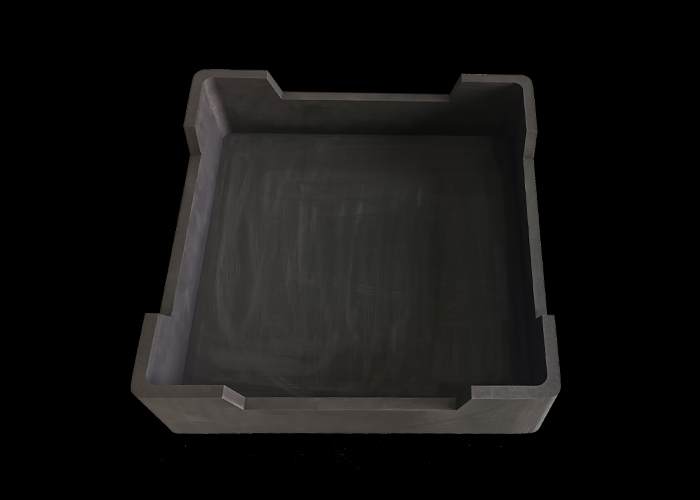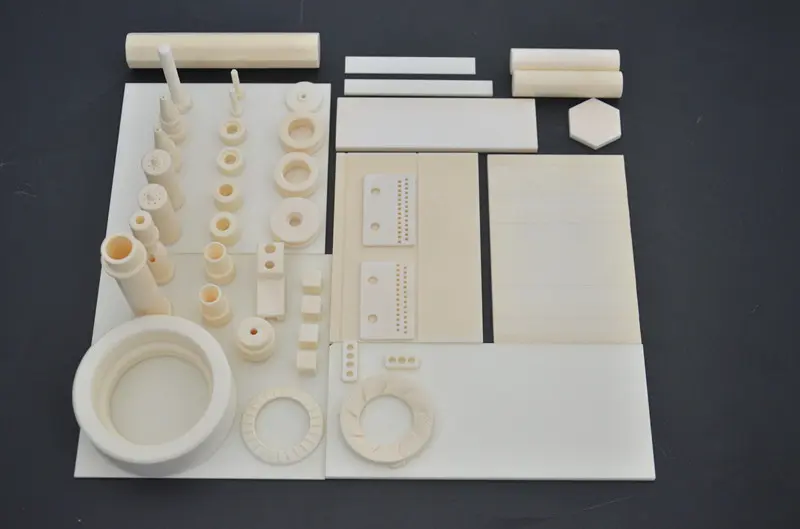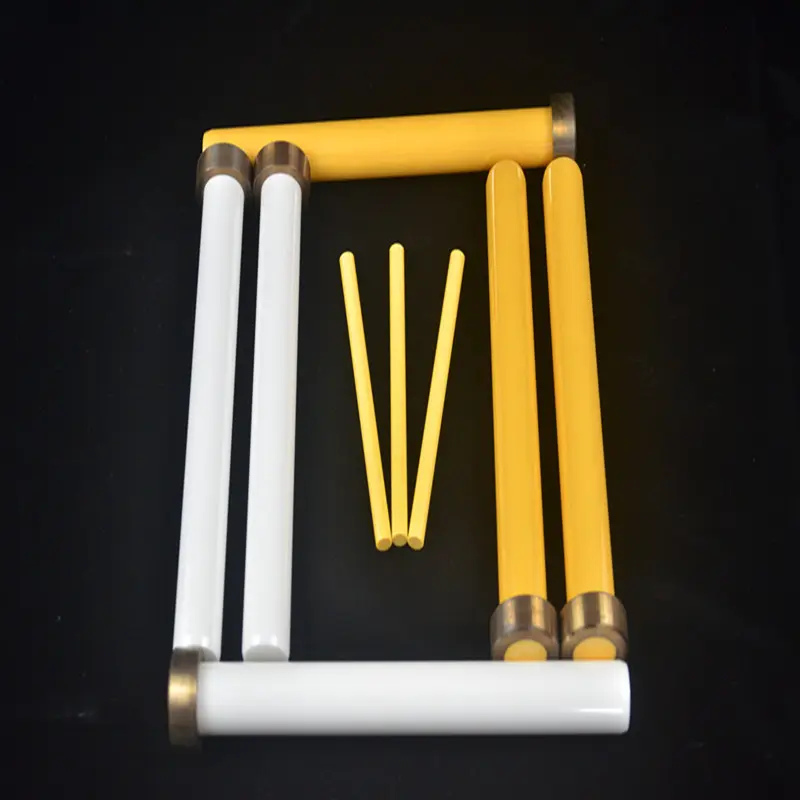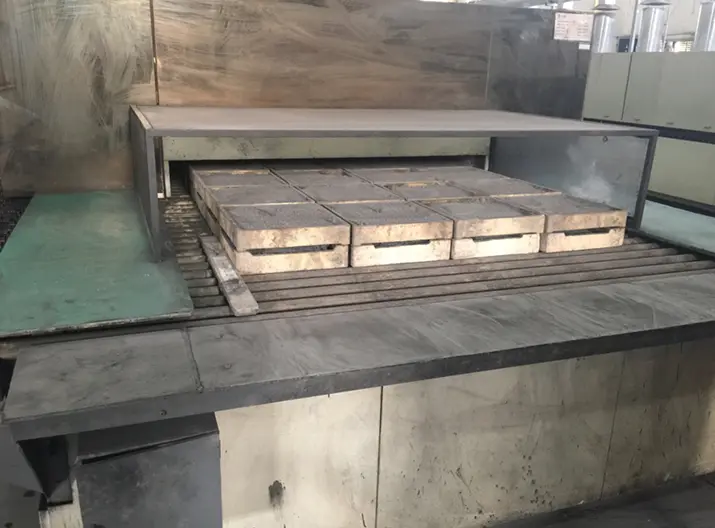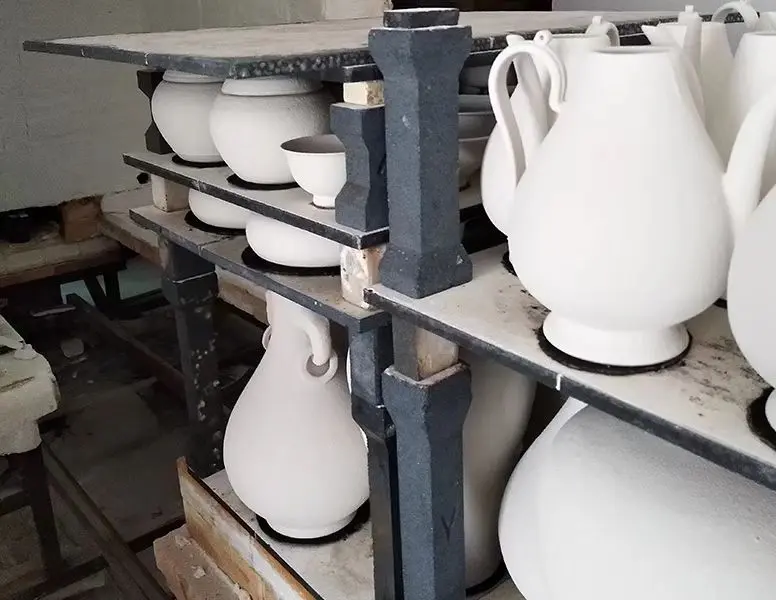The Application of Silicon Carbide Beams in Daily Ceramic Sintering
Understanding Silicon Carbide
Silicon carbide is a compound of silicon and carbon, known for its exceptional hardness, thermal conductivity, and resistance to thermal shock. These properties make SiC an ideal candidate for high-temperature applications, including the sintering of ceramics. Sintering is a process that involves the heating of powdered materials to a temperature below their melting point, allowing particles to bond and form a solid structure. The use of Silicon Carbide Beams in this process enhances the overall efficiency and effectiveness of ceramic production.
Advantages of Silicon Carbide Beams
-
High Thermal Conductivity: One of the primary benefits of silicon carbide beams is their high thermal conductivity. This property allows for uniform heat distribution during the sintering process, which is essential for achieving consistent results in ceramic products. Uneven heating can lead to defects, such as warping or cracking, which can compromise the integrity of the final product.
-
Thermal Stability: Silicon carbide beams can withstand extreme temperatures without deforming or losing their structural integrity. This thermal stability is crucial in ceramic sintering, where temperatures can exceed 1,600 degrees Celsius. The ability to maintain shape and performance under such conditions ensures that the sintering process can be carried out effectively.
-
Chemical Resistance: SiC is highly resistant to chemical corrosion, making it suitable for use in environments where reactive materials are present. This resistance helps to prolong the lifespan of the beams and reduces the risk of contamination during the sintering process, ensuring the purity of the ceramic products.
-
Lightweight and Strong: Silicon carbide beams are not only strong but also lightweight compared to traditional materials. This characteristic makes them easier to handle and install in sintering furnaces, contributing to improved operational efficiency.
Applications in Daily Ceramic Sintering
In daily ceramic sintering, silicon carbide beams are utilized in various ways. They serve as support structures within kilns and furnaces, providing a stable platform for the ceramic materials being sintered. Their ability to withstand high temperatures and provide uniform heat distribution is critical in achieving the desired properties in ceramics, such as strength, durability, and aesthetic appeal.
Moreover, the use of silicon carbide beams can lead to energy savings in the sintering process. Their high thermal conductivity allows for quicker heating times, reducing the overall energy consumption of the kiln. This not only lowers production costs but also contributes to more sustainable manufacturing practices.
Conclusion
The application of silicon carbide beams in daily ceramic sintering represents a significant advancement in the ceramics industry. Their unique properties, including high thermal conductivity, thermal stability, chemical resistance, and lightweight strength, make them an invaluable asset in the sintering process. As the demand for high-quality ceramic products continues to grow, the role of silicon carbide beams will likely expand, paving the way for innovations in ceramic manufacturing and enhancing the overall efficiency of production processes. The future of ceramics is undoubtedly intertwined with the continued development and application of silicon carbide technology.


